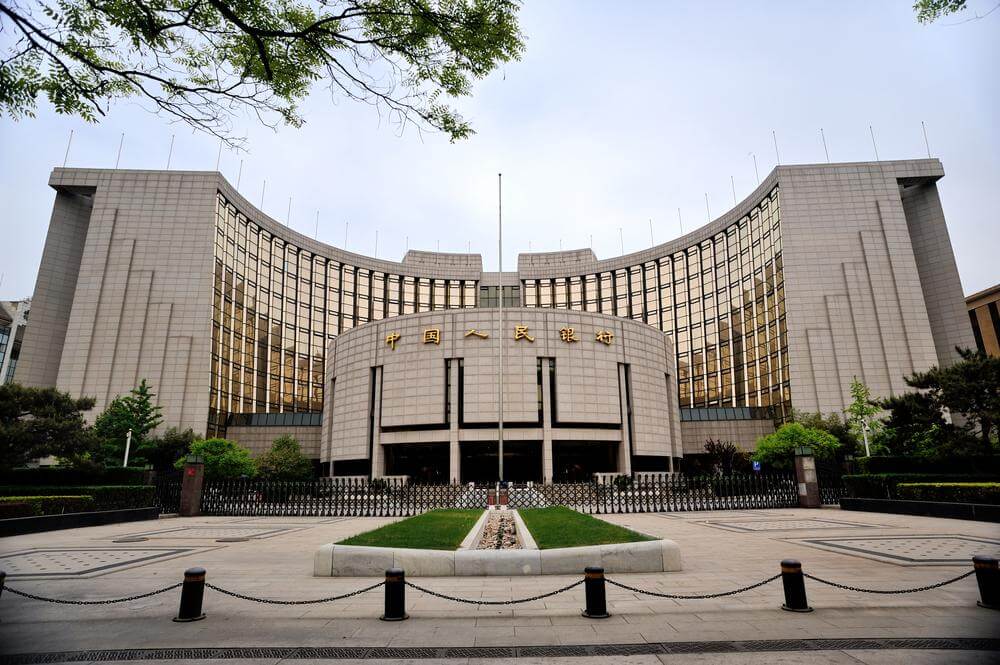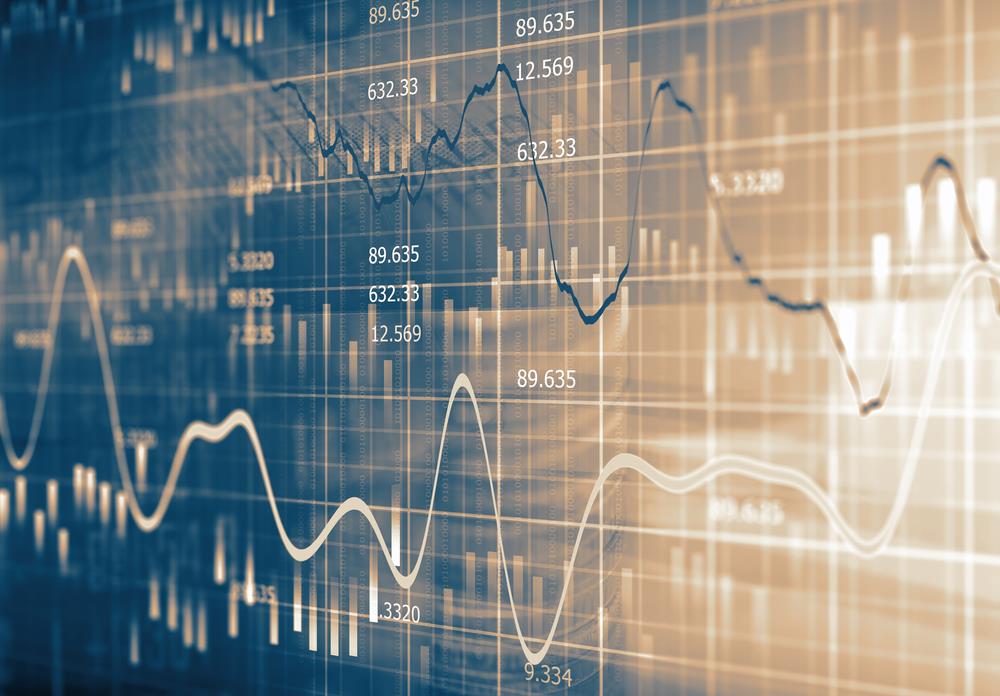This new generation of traders is smart. Find out how traders have evolved with technology
James Mathews, CEO of Learn to Trade
The reality of trading taking place on the floor of the stock exchange, with traders shouting down telephones and punching in orders is long gone. As are the days of having to call your stockbroker and place an order. This perception might continue on TV, but the reality is that the modern trader is equipped with a mobile phone.
This new generation of traders is smart. Empowered by hyper-connectivity’s offer of unprecedented volumes of knowledge and 24/7 access to the market, they are tearing down societal constructs and preconceptions. This generation wants to be its own boss. Social media has become a platform to learn from, emulate and showcase success. Wealth creation has gone mainstream. With the millennial and Gen Z traders being some of the most enterprising members of our society, it’s little surprise that an entirely new generation of traders is now emerging. Characteristically, they are entrepreneurial and in many cases self-starters ready to follow their own paths. But, how has technology made trading and finance more mainstream to these generations?
Crypto as catalyst
The appeal of trading has in recent years been catalysed by the public’s fixation on cryptocurrency. With the allure of quick money, Bitcoin epitomised this fascination. Sage traders sceptically watched as this strange decentralised network of digital tokens became mainstream, while novices made their millions. Yet what goes up must come down, and once its value was done exploding, it started spectacularly falling. But with media hype and fabled success stories, the concept of crypto began to tempt casual observers. The ensuing rush to develop user friendly trading apps made the concept even more accessible to the everyday person.
Contributing to this has been the residual sour attitude toward the financial crisis. People have become more suspicious of and disillusioned with the “so called experts” entrusted with handling their hard-earned money. ‘They’ had nearly brought the global economy to its knees. Further backlash was also brought about from charging a lot of money to trade, whether it be pension funds or otherwise. This combination of discontent and new accessibility drove this new wave of do it yourself trading.
Celebrity of social
Trading is complex. There’s jargon, complicated explanations, and understanding the thinking that went into a certain trading position can be almost impossible at times. Social media has changed all this too. Now there is an active, always online, accessible community of people to simplify, explain and advise. It’s easy to find out what’s going on in the market in seconds. And what’s more there is the celebrity, a new wave of Twitter traders, amateur and professional alike, who have established themselves as trading gurus to be followed, mimicked and aspired to.
The concept of “piggy backing” on other people’s trading is age old, but never before has it been so prolific. It’s proved to be extremely popular, both as a way of profiting from others’ expertise and as a way of learning. But new traders need to remember that sometimes you might be following a loser, and that making correct trades doesn’t always mean you’re being profitable overall.
Good bye 9 to 5
Trading’s popularity has risen along with the ‘side-hustle’, freelance, and sharing economy. Technology has without question been an enabling force behind all of these, as people strive for more reward and flexibility in their working lives. Indeed, there has been a concerted effort to break away from the traditional construct of 9 to 5. How trading maps to this is clear but it is not without risks. It can be seen to promise a lot, with some traders claiming to live off of one trade a day. However the reality the modern trader is facing is that it is just like any other employment in that it takes persistence, patience and grit. What it does offer though is autonomy and flexibility.
With the ever-increasing interest in the viability of pursuing a career in trading for the millennial and Z generations, an onus of responsibility has formed. We expect that in the next few years we will start to see the wider education focus shift, to start to cover money management and investment too. For far too many who missed out on this knowledge it seems like too little too late. Baby boomers now coming into retirement are left considering whether they have enough to see them through, or how they can manage their own account without having to pay people to do it for them. Increasingly, there will be more of a push from all demographics to have an entry point to the market. But with enough knowledge, experience and foresight to understand market volatility and risk anyone can trade with the technology out there and available to them.


























